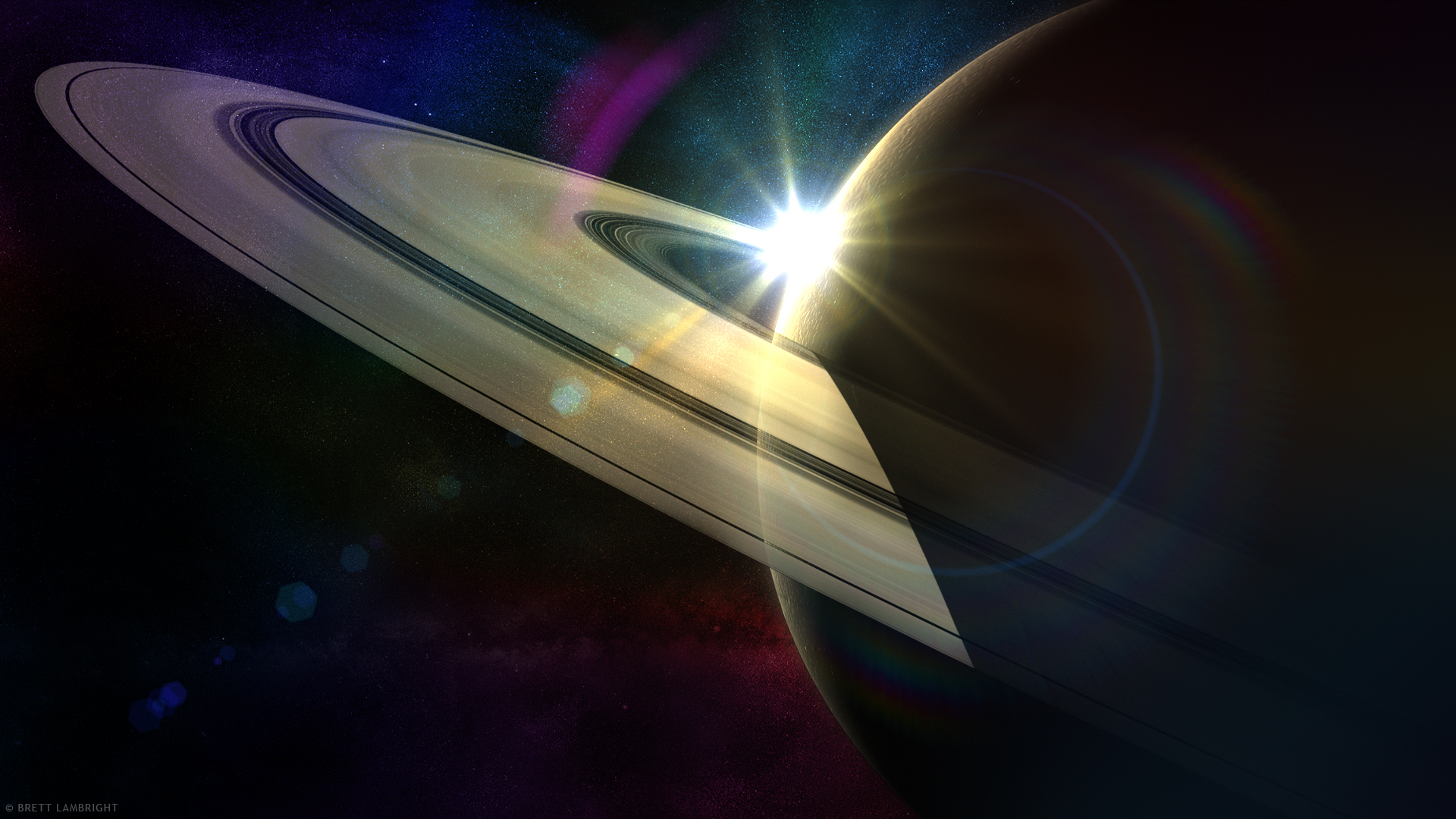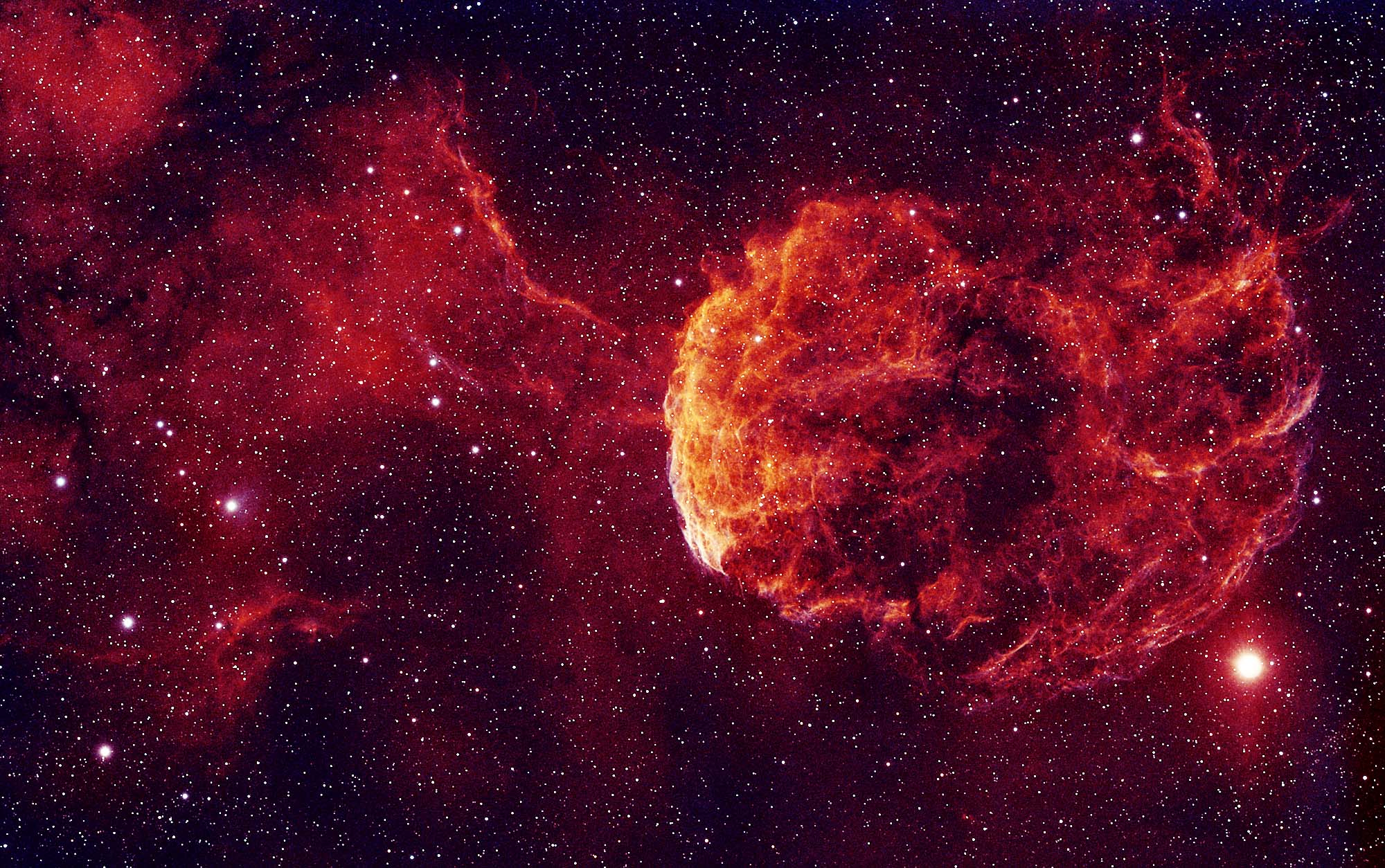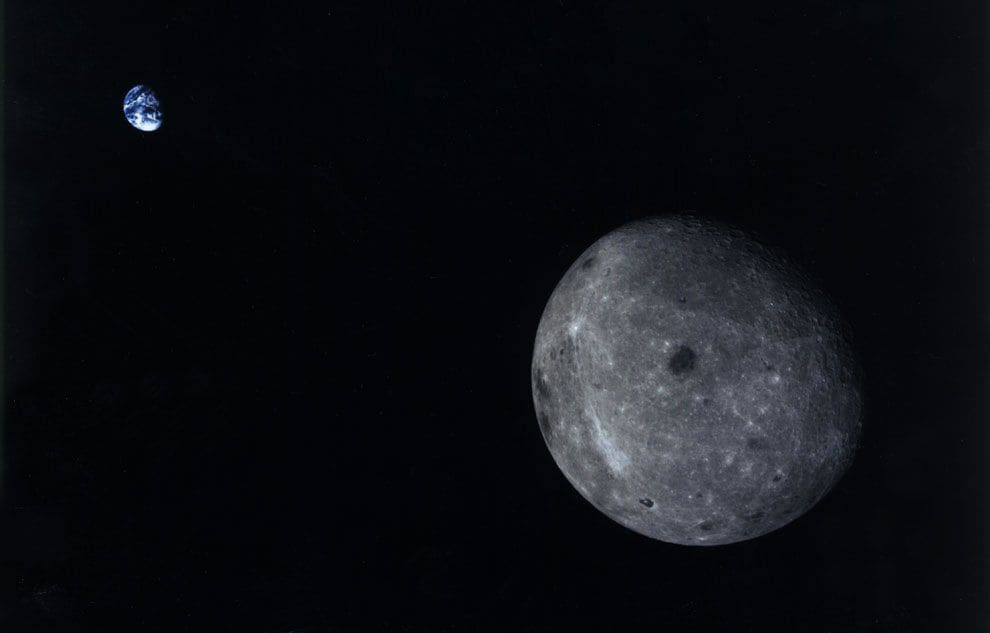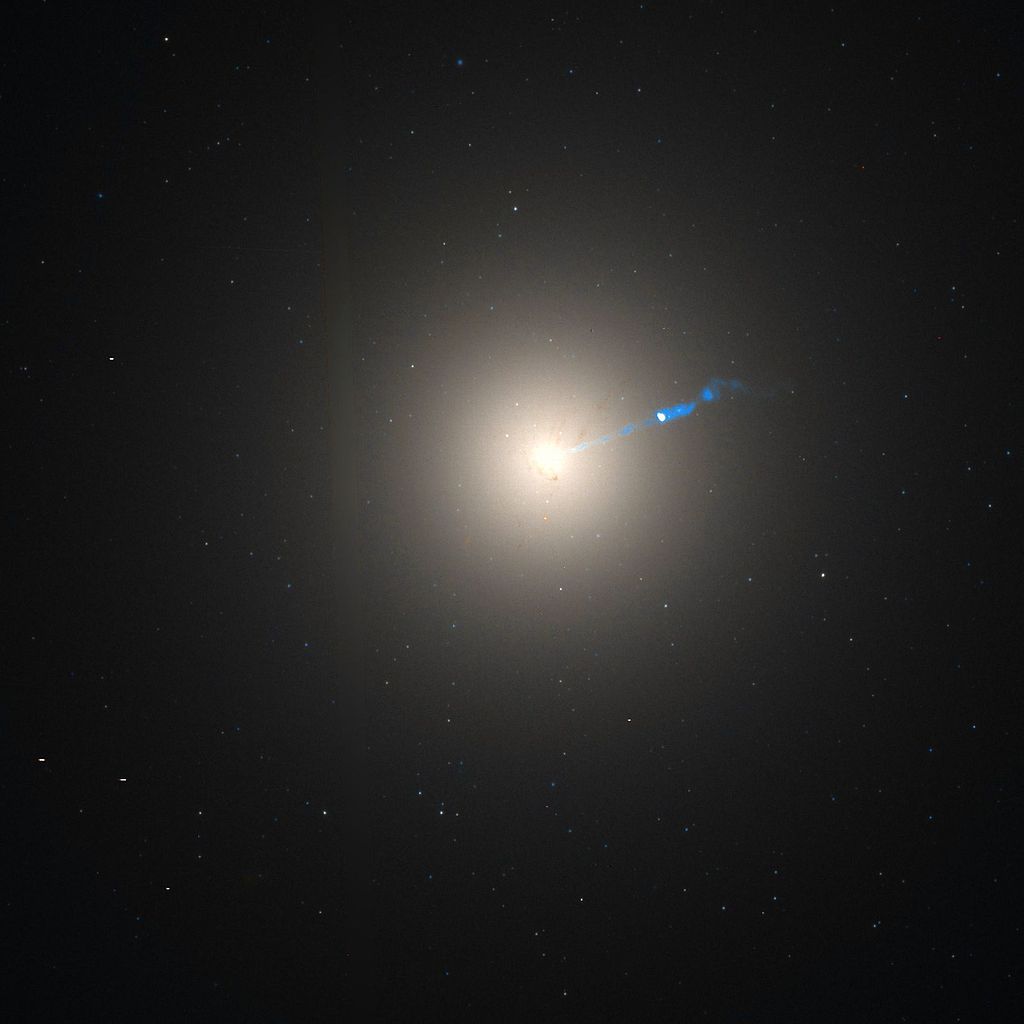Galaxy cluster MACS J0717, one of the most complex and distorted galaxy clusters known, is the site of a collision between four clusters. It is located about 5.4 billion light years away from Earth.

Image credit: X-ray: NASA/CXC/SAO/van Weeren et al.; Optical: NASA/STScI; Radio: NSF/NRAO/VLA
http://www.nasa.gov/sites/default/files/thumbnails/image/frontier_macsj0717.jpg
If you were to put planet Saturn in a glass of water, it would float!
This is because its density is .687 grams per cm cubed while water’s is .998 g per cm cubed. Unfortunately, though, you would need a glass that is over 120,000 km in diameter to witness this ...

http://www.brettlambright.com/images/Saturn-BrettLambright.jpg

Image credit: X-ray: NASA/CXC/SAO/van Weeren et al.; Optical: NASA/STScI; Radio: NSF/NRAO/VLA
http://www.nasa.gov/sites/default/files/thumbnails/image/frontier_macsj0717.jpg
If you were to put planet Saturn in a glass of water, it would float!
This is because its density is .687 grams per cm cubed while water’s is .998 g per cm cubed. Unfortunately, though, you would need a glass that is over 120,000 km in diameter to witness this ...

http://www.brettlambright.com/images/Saturn-BrettLambright.jpg
















